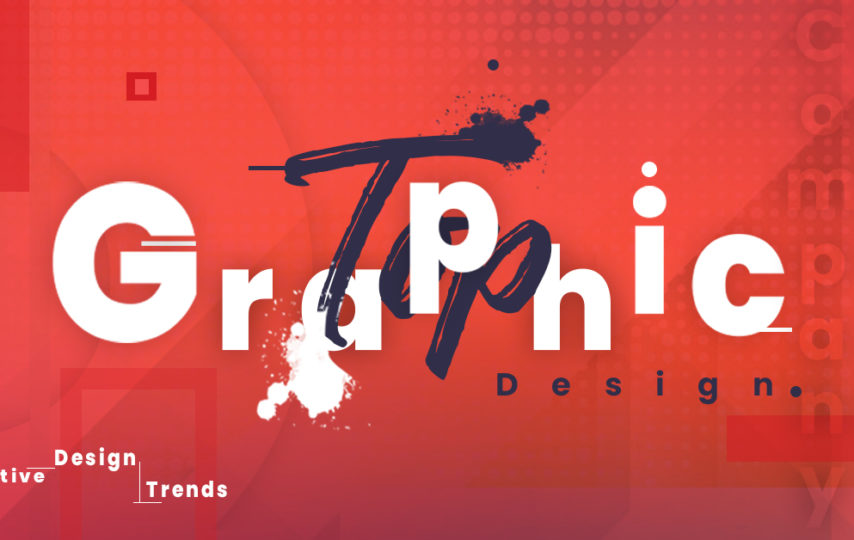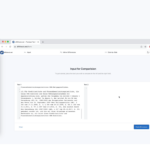In today’s highly interconnected society, ensuring a user-friendly website is crucial for businesses and individuals alike. It extends beyond mere online presence to optimizing accessibility and enjoyment for all users. This all-encompassing guide will delve into the details of improving user experience by strategically utilizing freely available graphic design tools.
Understanding User-Friendly Design
Importance of User-Friendly Design
Having a website that’s easy for users to navigate and engage with is essential for capturing and keeping their attention. It’s about enabling users to smoothly interact with the site, ultimately resulting in higher retention rates and improved conversions. A pleasant and seamless user experience can profoundly impact a website’s success and, consequently, a business’s overall performance.
Elements of User-Friendly Design
Essential components of a user-friendly website encompass intuitive navigation, swift loading speeds, compatibility with mobile devices, and an aesthetically pleasing and cohesive design. Each of these aspects holds significant importance in enabling users to effectively locate desired information or products, thereby enhancing the overall user experience positively.
Free Graphic Design Tools
Overview of Free Graphic Design Tools
Free graphic design tools such as Lunacy offers a plethora of features for creating stunning and effective visuals. This tool provides templates, editing features, and design elements that can help even beginners create professional-looking designs.
Benefits of Using Free Tools
Utilizing these free tools is not only cost-effective but also provides flexibility and convenience. They often come with extensive communities and tutorials, offering support and learning opportunities for users at all levels.
Enhancing User Experience with Graphics
Role of Visual Elements
Visual elements play a critical role in attracting attention, conveying information effectively, and elevating a website’s aesthetic appeal. They have the ability to segment text, improving readability, and are integral to the website’s branding and overall image.
Types of Graphics to Use
Integrate diverse graphic types, including images, infographics, and videos, to enhance the user experience. Each type of graphic serves a distinct purpose and can contribute to the user experience in different ways.
Practical Tips for Using Graphic Design Tools
Choosing the Right Tool
It’s essential to select a tool that aligns with your design needs and skill level. Evaluate the features, ease of use, and support available when choosing a graphic design tool.
Learning Basic Design Principles
Understanding basic design principles like contrast, alignment, and balance is crucial for creating effective and appealing designs. These principles lay the foundation for all design work and contribute to the effectiveness and appeal of the final product.
Incorporating Graphics into Website Design
Placement and Size
Ensure that graphics are optimally placed and sized for maximum impact and usability. Proper placement enhances the flow and readability of the website, while appropriate sizing ensures that images are clear and effective without slowing down the site’s loading time.
Consistency in Design
Maintaining a consistent design theme across all website elements, including graphics, contributes to a cohesive and professional look and feel. It also enhances the user experience by creating a predictable and harmonious visual environment.
Case Studies: Successful Use of Graphic Design Tools
Explore real-world examples of effective use of graphic design tools in website design. These case studies provide valuable insights and lessons that can help in making informed design decisions and avoiding common pitfalls.
Challenges and Solutions in Using Free Graphic Design Tools
Addressing common challenges, such as limited features or lack of support, is essential for making the most of free graphic design tools. Seeking out community advice, tutorials, and other resources can help overcome these challenges and ensure successful and effective use of the tools.
Future Trends in Graphic Design and User Experience
Remaining competitive in the digital realm necessitates comprehending the latest trends in graphic design and user experience. Staying informed about these trends enables timely adaptations and innovative design approaches, guaranteeing the website’s relevance, attractiveness, and user-friendliness.
Conclusion
In conclusion, effectively utilizing free graphic design tools can significantly enhance the user-friendliness and appeal of a website. This results in an enhanced user experience, potentially increasing conversion rates and overall success in the online sphere. Undoubtedly, the significance of a well-crafted, user-friendly website cannot be emphasized enough, and these tools and tips offer a valuable guide to achieve it.








